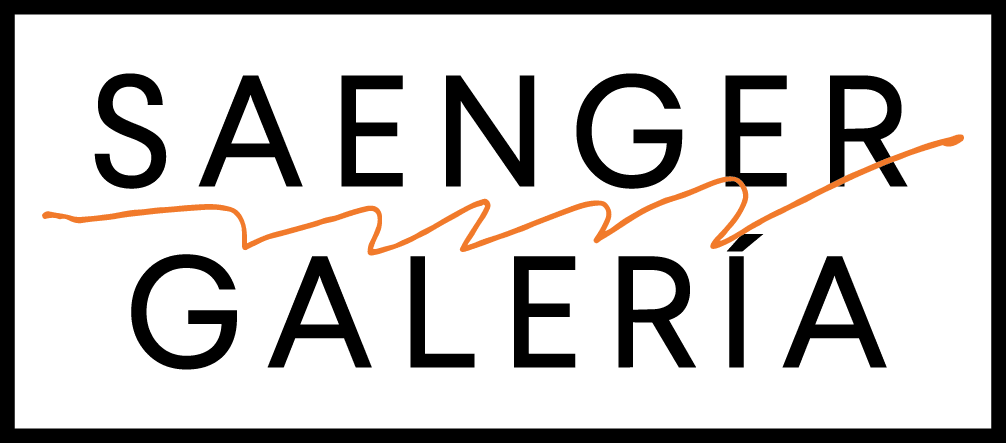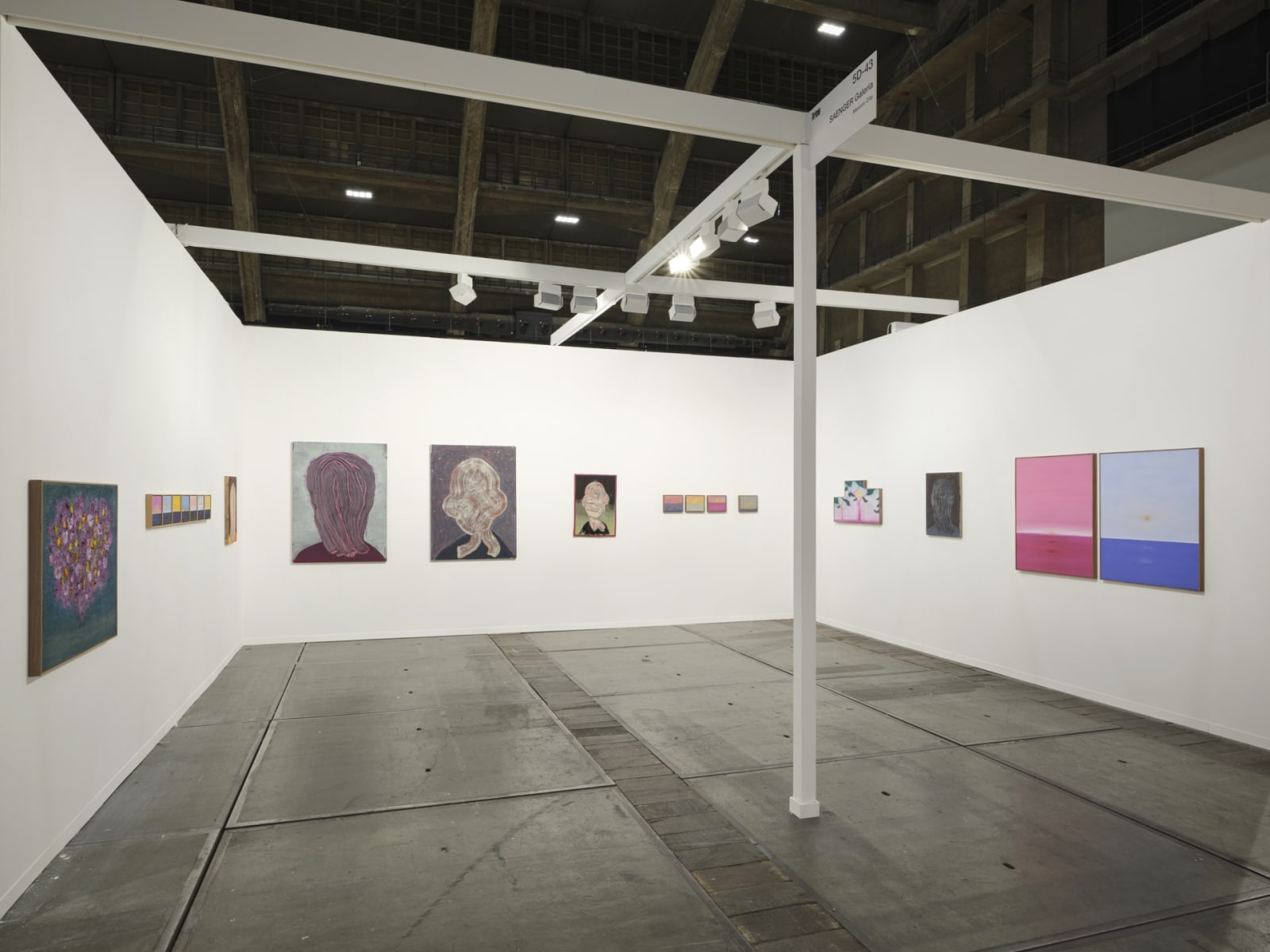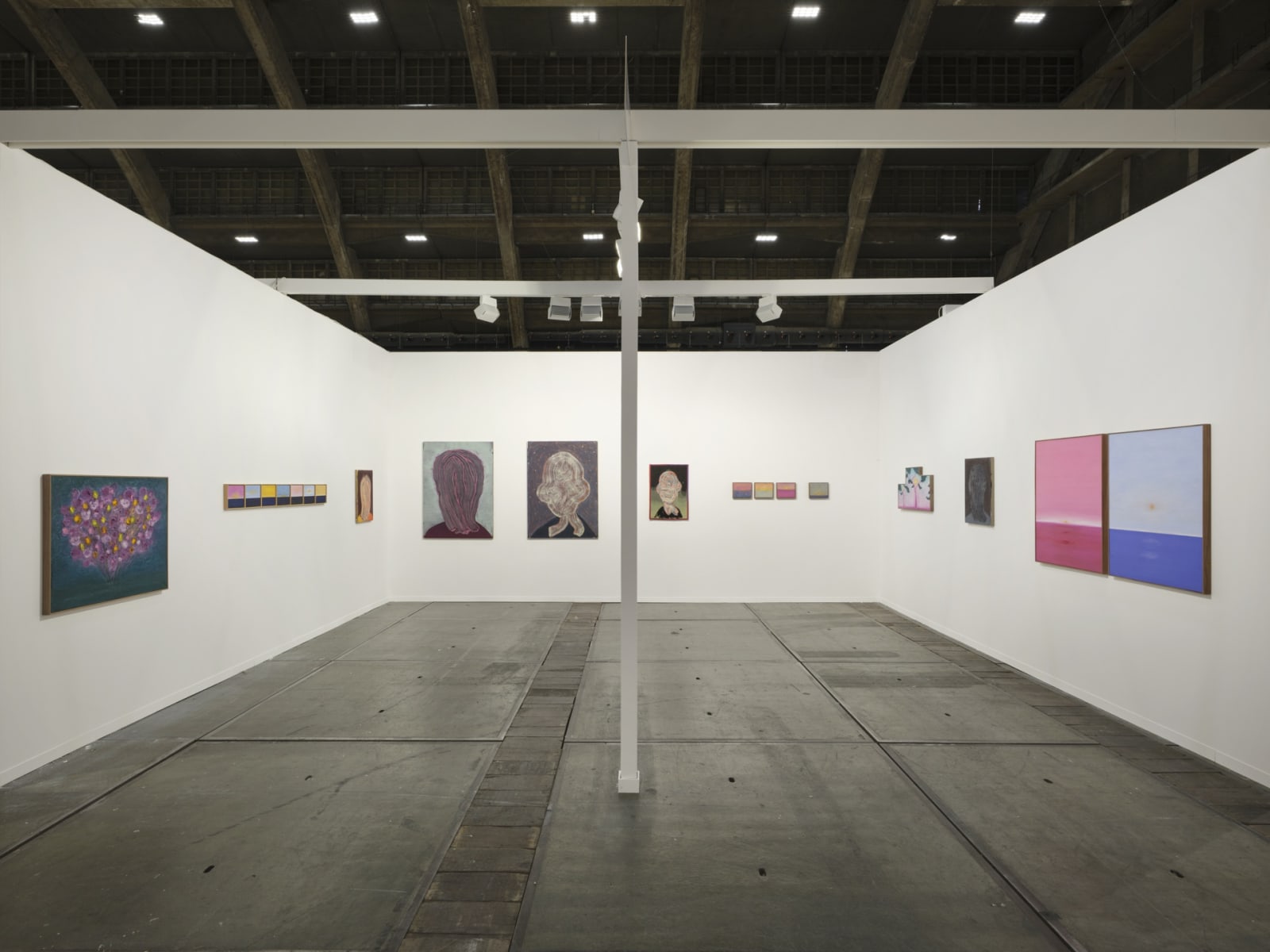SAENGER Galería is delighted to present a captivating duo exhibition featuring Robert Janitz and Yoab Vera, focused on the exalted portrayal of landscape—a theme both artists have deeply explored and transformed through their unique techniques and approaches. From their expressive gestural marks and vibrant, emotive use of color to their choice of recurring motifs and bold use of unconventional materials, both artists engage in a powerful dialogue that resonates across their work.
The exhibition offers an evolution of Janitz’s signature volcanic plumes, now transformed into “negative” or reverse portraits that blur the lines between landscape and portrait. These works externalize his impressions of both the Mexican landscape and his native Alsfeld, proposing an indeterminate relationship between the external world and the internalized self.
Janitz elevates this exploration through his innovative application of paint, incorporating baking flour and a wax medium into his compositions. The self-reflective quality of the impasto carries an almost random anthropomorphic presence. His works delve into the human mind’s tendency to ascribe representational meaning to even the most minimal gestures, where brushstrokes maintain their independence yet evoke imagery of volcanic plumes, abstracted heads, or the mere act of mark-making.
Vera, on the other hand, presents unique horizons that explore the immersive quality of landscape. His abstract seascapes, landscapes, and gardenscapes serve as liminal spaces between pure abstraction and representation. Using materials like oil-stick and concrete, Vera connects to the urban landscape and Mexican architectural traditions. His “haptic contemplative” paintings, created through a performative process of exposure to the elements, awaken memories of distant places and moments.
In addition, many of his paintings reference boleros, a type of romantic ballad that recounts the ecstasies of love through the sufferings it enacts. The image at the heart of the bolero—of love after all—represents faith in the redemptive powers of time. Vera considers his painting as an ode to everything that has been and is yet to be felt: the entirety of existence condensed into an experience of time and space.
Both artists engage in an intuitive form of abstraction, internalizing memories and experiences to question the foundations of painting and representation. With glowing skies, sunsets, and exultant fumaroles, their landscapes stand apart from more traditional or passive depictions of nature, elevating the representation of landscape to new heights.








